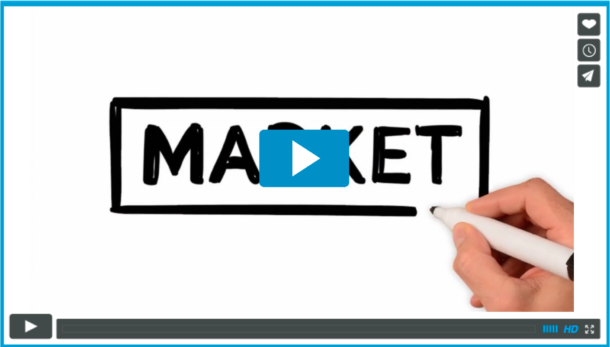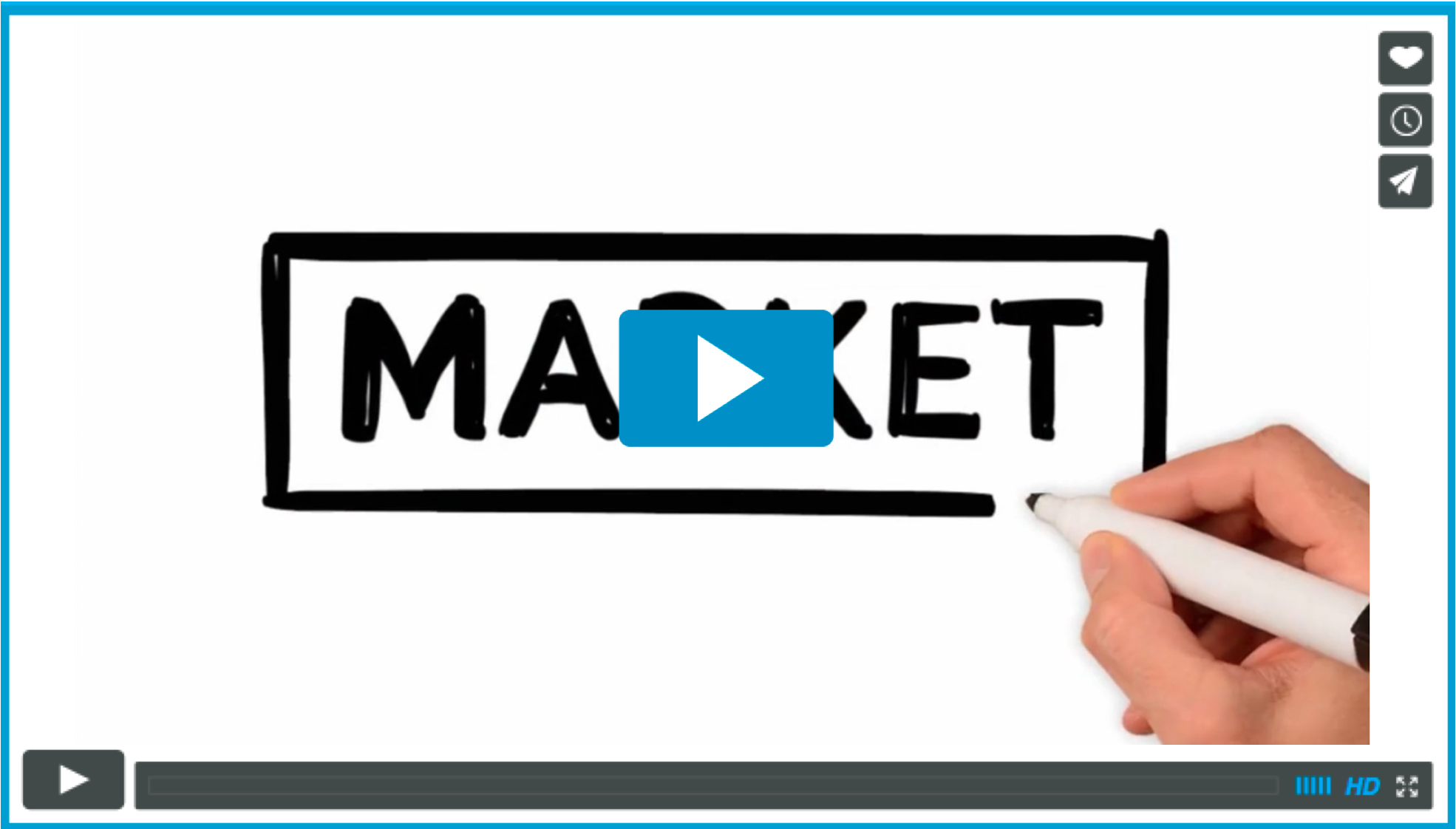So, let’s take a minute to recap…
We started down this path by looking at how decency and integrity (amongst other characteristics) create an effective restructure. That led us to Simon Sinek and his Golden Circle, where good things in change emanate from a clear understanding of the “why”.
Once (and only once) you’ve established the vision of your “why” with your team, you can work on Kotter’s next steps – the “what” and the “how”.
Setting your vision in the team is vital – it gives a platform to address inevitable team questions, building a springboard to focus them on the task at hand. It frees you from a potentially grinding internal focus just when that temptation is greatest.
An example. Simply asking the remaining team to work 20% harder won’t take you where you need to be (killing engagement and increasing churn are not usually the desired outcomes in a restructure…). Reorganisations are catalysts for change, allowing a business to focus on the future – this is where the “what” comes in.
Your responsibility in a restructure is creating changes to facilitate your vision of the “why”. The outcomes from your vision (the “whats”) need to be delivered by the change you have instigated – otherwise the process becomes redundant.
Let’s say a key outcome is freeing up cash to effect productivity improvements. A natural angle might be to try and get more from a reduced team – getting more from less. The reality may be this just gets you deeper in the hole. Following this route might just mean you are cutting more heads in a few months to achieve your goal. Be clear about the outcomes (the “whats”) you need – it is essential you are brave enough to create a step change if that’s what is required, and don’t just take that soft option.
The immediacy of a restructure should be seen as part of a wider set of change, which logically means all the rules of change apply.
It’s that man Kotter … here are his eight stages to remind you.
- Create a sense of urgency – craft and then use a significant opportunity to excite the team to sign up to change.
- Build a guiding coalition – assemble a group with the power and energy to lead and support a collaborative change effort
- Form a strategic vision and associated initiatives – shape a vision (the “why”) to steer the change effort. Develop strategic initiatives to drive that vision.
- Enlist a volunteer army – you are no-one without sergeants. Raise a force of people ready, willing, and able to deliver your vision.
- Enable action by removing barriers – remove obstacles to change, alter the systems or structures that threaten achievement of the vision.
- Generate short-term wins – consistently produce, track, evaluate and celebrate volumes of small and large accomplishments – and correlate them to results.
- Sustain acceleration – use increasing credibility to change systems, structures and policies that don’t align with the vision; hire, promote and develop employees who can implement the vision; reinvigorate the process with new projects, themes and volunteers.
- Institute change – articulate the connections between the new behaviours and organisational success, and develop the means to ensure leadership development and succession.
And finally – remember to treat your team. And not just with money. Generosity to people leaving is key, this should be extended to those who stay to help you deliver your vision.
To be truly successful throughout the entire process:
- Have and enunciate a compelling ‘why’
- Implement change quickly, be integrous and generous
- Get your remaining team onboard with your “why,” and how they can help delivery
- Invest in streamlining – and keep selling your vision!




